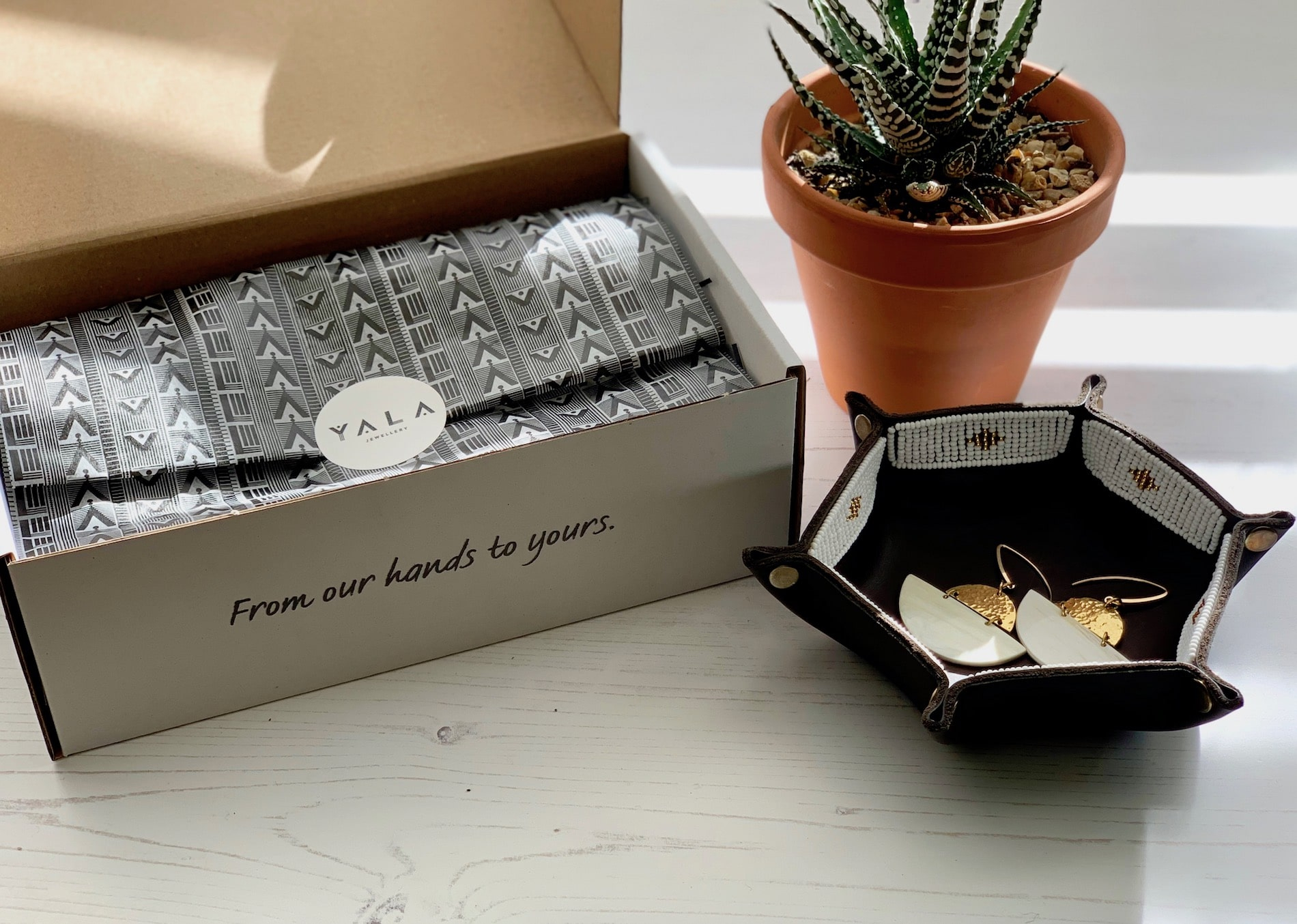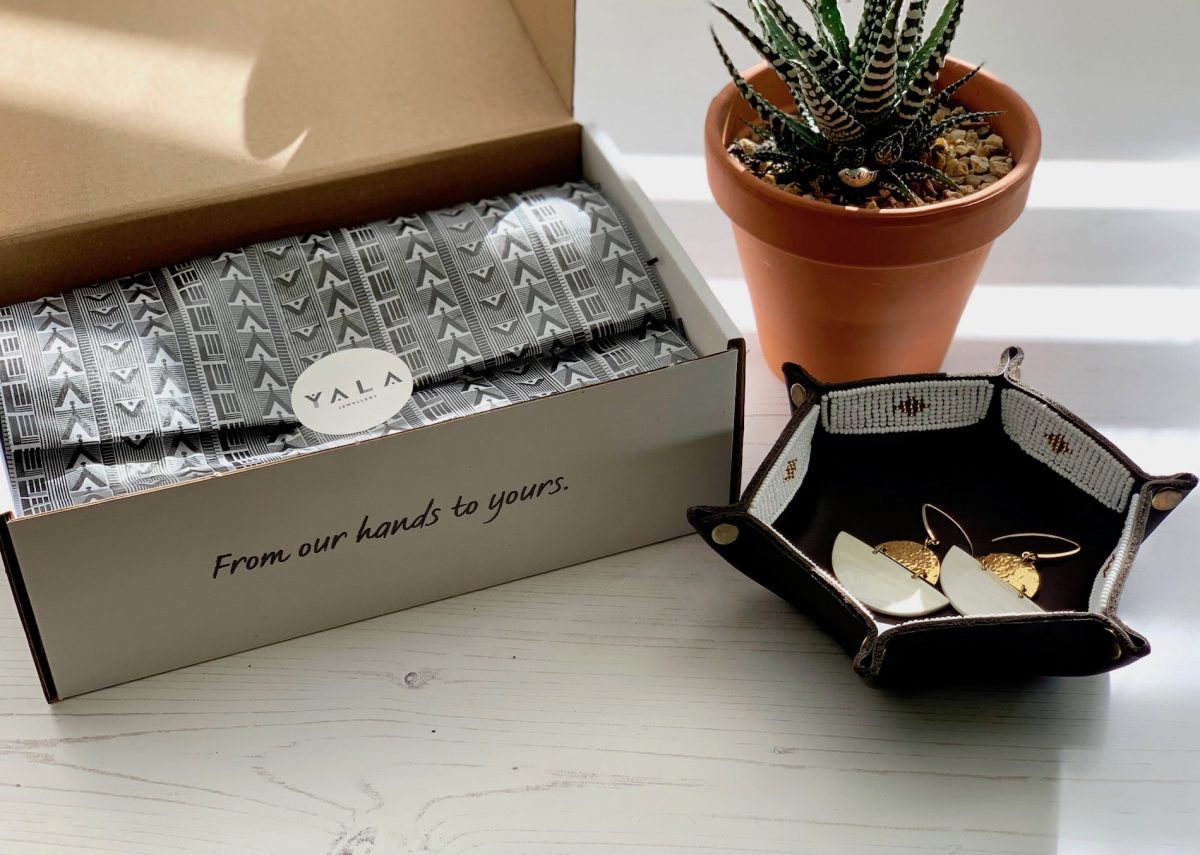It probably won’t surprise you that we come across this question a lot in our line of business. For retailers, custom packaging can seem like a frivolous expense that’s only realistic for multinational chains. Some will argue that it’s products you should be investing in, rather than concerns about how they look. But custom packaging is about far more than making your products look pretty.
Most retailers will tell you that they offer far more just ‘stuff’ – we are well past the era where a good product sells itself! A successful brand is one which offers aspirations for a certain way of living. So in today’s crowded retail market, it most likely isn’t your product range that makes you unique; it’s the vision and aesthetic you present to your customer. So, those ‘frivolous’ trimmings like custom packaging are in fact hugely important.
Why? Because custom packaging is an invaluable tool to help you stake out your identity as a retailer.  It helps your brand to tell its story.
It helps your brand to tell its story.
To create a brand narrative which really engages customers, you need to articulate it wherever you can. Consistency in branding is key to creating an image that really sticks in your customer’s head. But we aren’t just talking about logos or color palettes here. For example, we already know from their advertising that Apple’s signature color is white and that their logo is an apple with a bite out of it. But their packaging takes this imagery a step further. Those perfect boxes housing their products are a commitment by Apple to flawless design in every aspect of their operations. This is the power of custom packaging – it allows you as a retailer to curate a powerful statement about your ethos.  It’s a great boost to your online marketing strategy.
It’s a great boost to your online marketing strategy.
For most retailers, social media is a crucial part of their marketing efforts. But you have a pretty narrow window to grab potential customers’ attention as they scroll past. Your content needs to be a strong visual pitch of why your products deserve a second look. Custom-printed packaging is proven to be a successful strategy in these efforts. According to Dotcom Distribution, 61% of consumers are persuaded to buy a product after looking the brand up on social media, and 40% are more likely to share product images on social media if they include branded packaging.
This ‘unboxing’ phenomenon speaks of the surprise and delight we experience when receiving beautifully-packaged products. But would this feel special if it was an everyday occurrence? Of course not! Despite becoming an online trend, there’s only a small number of brands in reality who put effort into this area. So, consumers feel compelled to share their experiences with custom packaging because it feels unique. This user-generated content is a virtual goldmine for your online marketing efforts!  It enhances the customer experience.
It enhances the customer experience.
Whether you are an eCommerce merchant or a brick and mortar retailer, custom-printed packaging has an influential role to play. Currently, consumers have a plethora of brands to choose from. This makes them more empowered to choose brands who show that they really value their customers. According to a study by Wundermann, 88% of consumers want to engage with brands that set new standards for customer service. If you set the bar higher, you are instantly making your brand much more memorable.
Bespoke packaging is immensely valuable to this end because it’s perceived to add value, a strategy which is widely used by luxury brands. It makes customers feel like what they have received is more than the sum of its parts, which is the key to stellar customer service.
So, if you place your customers’ purchases in custom boxes or tissue paper at the point of sale, or your online orders arrive tastefully packaged, you are making a strong statement; that your brand values every interaction it has with its customers.
The Wrap Up:
So, is custom packaging worth it for retailers? Absolutely! Making your products more visually appealing is just touching the surface of what this investment can do for your business. It’s a tried and tested strategy to articulate your brand story, build a long-term marketing strategy, and enhance your customer service. In short, it helps make you the kind of retailer that customers want to keep coming back to.

